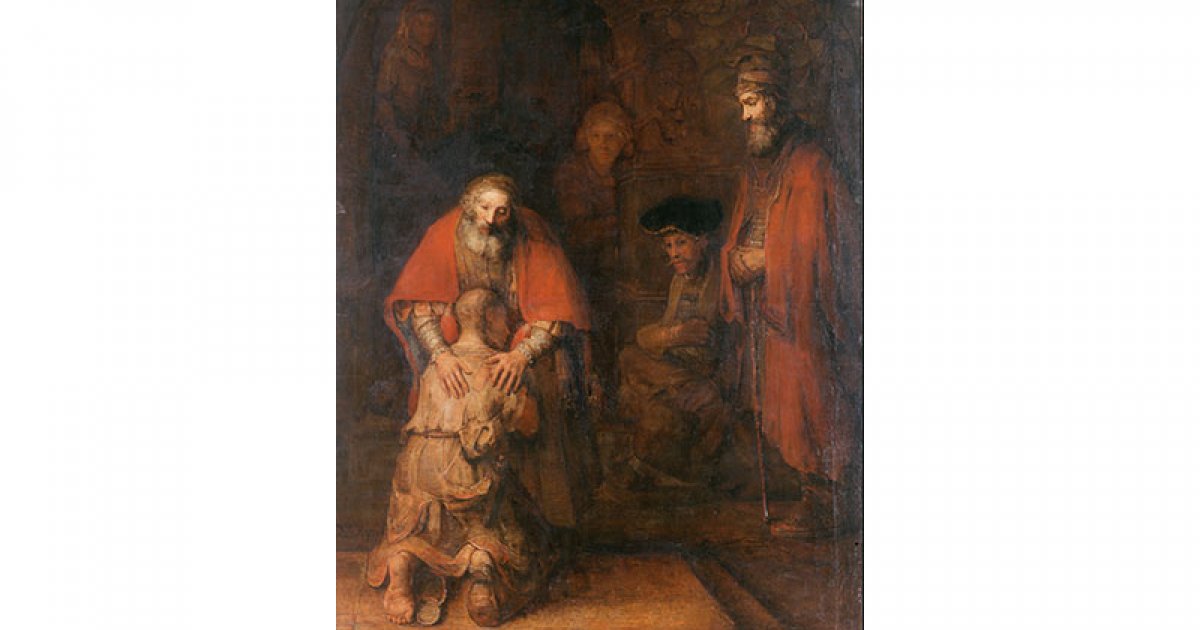HERMITAGE, Return Of The Prodigal Son By Rembrandt Room 254
 Language: English / USA
Language: English / USA
The large canvas before you, entitled "Return of the Prodigal Son" and inspired by a parable told in the Gospel of Luke, is one of the last works painted by the great Dutch master Rembrandt Harmenszoon van Rijn.
The main theme of the work is forgiveness, and in view of the artist's troubled life, in which success alternated with failure, it is reasonable to believe this painting may have been a way of asking God for forgiveness for his many sins.
The parable tells the story of a father and his two sons. The elder son is faithful to his father and carries out all the duties asked of him, while the younger, selfish brother, after having demanded his share of the inheritance in advance, abandons the family and squanders everything.
The scene shows the epilogue of the parable, which is the return home of the second-born son, ready to ask for forgiveness more out of need than genuine repentance. In the painting you can see six figures, but only the three main characters stand out, thanks to the light that skillfully places the focus on them.
Observe how masterfully Rembrandt expresses the different feelings of the subjects: the compassion on the face of the father, who lovingly embraces his young son, and the outrage and resentment of the elder son.
Now take a look at the clothing of the three men: the father and first-born son are wearing red cloaks that indicates their social status, while the younger son is dressed in rags, with dirty feet; surprisingly, however, he has a small decorated sword hanging by his right side. Why has he kept his sword? Perhaps because it is a symbol of his noble origins, and he did not want to give it up because it represents the family and the wealthy life he does not wish to leave behind. The sword may be an expression of the question begged by the parable: is this wretched son's repentance genuine, or is he acting merely out of self-interest, as his elder brother probably suspects? This, however, is precisely the message of the parable: God always forgives, like a loving father.
An interesting fact: if you look carefully at the father's hands, you’ll immediately notice that they are different: the one on the left is more delicate, almost feminine, while the one on your right is larger and more masculine. They are designed to indicate, respectively, the gentleness of a mother and the rigor of a father; mercy on the one hand, justice on the other.



